Harvest all types of lettuce at almost any time during growth. Lettuce will be ready to harvest about 45 to 60 days after planting, longer if planted in autumn or winter.
Lettuce is the main ingredient of the simple green salad and it’s the most popular of the leafy salad vegetables. There are hundreds of varieties of lettuce, and each may peak at a different time of the year.
The key to a delicious lettuce salad is freshly harvested lettuce. While lettuces such as iceberg and Romaine will keep for weeks in the refrigerator, the flavor is best shortly after harvest.
Because there is so many lettuces flavor may best be enjoyed when lettuces are eaten in combination rather than alone.
Kitchen Helpers from Amazon:
- Oster Vegetable Steamer
- Chef’s Knives Set of 6
- EZ Off Jar Opener for Weak Hands
- Pepper Core Remover Stainless Steel
- Kitchen Utensils – Set of 35
- Rachel Ray Non-Stick Cookware 12pcs
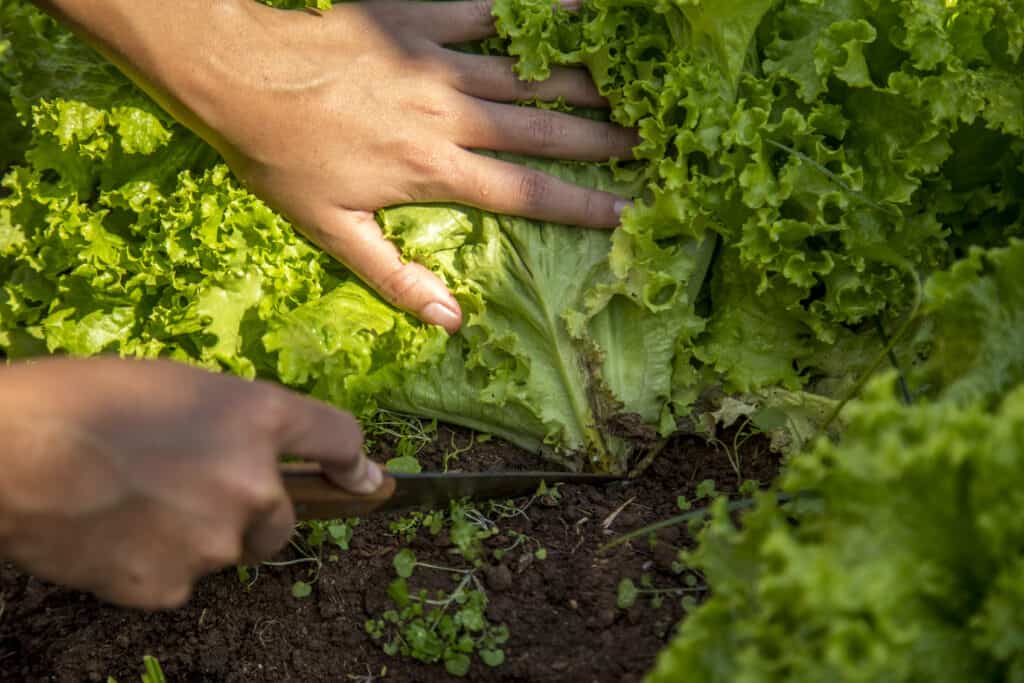
When to harvest lettuce
Lettuce grows best and tastes sweetest when harvested in cool weather. When the weather gets too warm–daytime temperatures greater than 75°F/24°C and nighttime temperatures above 60°F/16°C–lettuce will send up a seed stalk (called bolting) and leaves will become bitter.
- Harvest loose-headed leaf lettuce when the leaves are large enough to use—just 2 to 3 inches (5-7 cm) long.
- Harvest Bibb and Butterhead types of lettuce—with large ruffly outer leaves surrounding a soft, folded heart—when the leaves begin to cup inward to form a loose head or wait until they form a rosette at full size—6 to 8 inches (15-20 cm) across.
- Harvest Romaine lettuce, also called Cos lettuce, when the leaves have elongated, formed midribs, and overlapped to form a fairly tight head–about 6 to 8 inches tall.
- Harvest Crisphead lettuce—such as Iceberg with a solid, tight, spherical head–when heads are medium-sized (6 to 8 inches/15-20 cm), round, and firm.
- Pick all lettuce before a seed stalk forms.
- Young leaves will be the tastiest and most nutritious. Baby leaves are best for tender salads.
- If hot weather is predicted it is better to harvest the crop and store it in the refrigerator than watch it go to seed and become inedible. (Bitter lettuce leaves can be used as a tangy accent in salads.)
- Heading lettuces often do not make heads in warm regions.
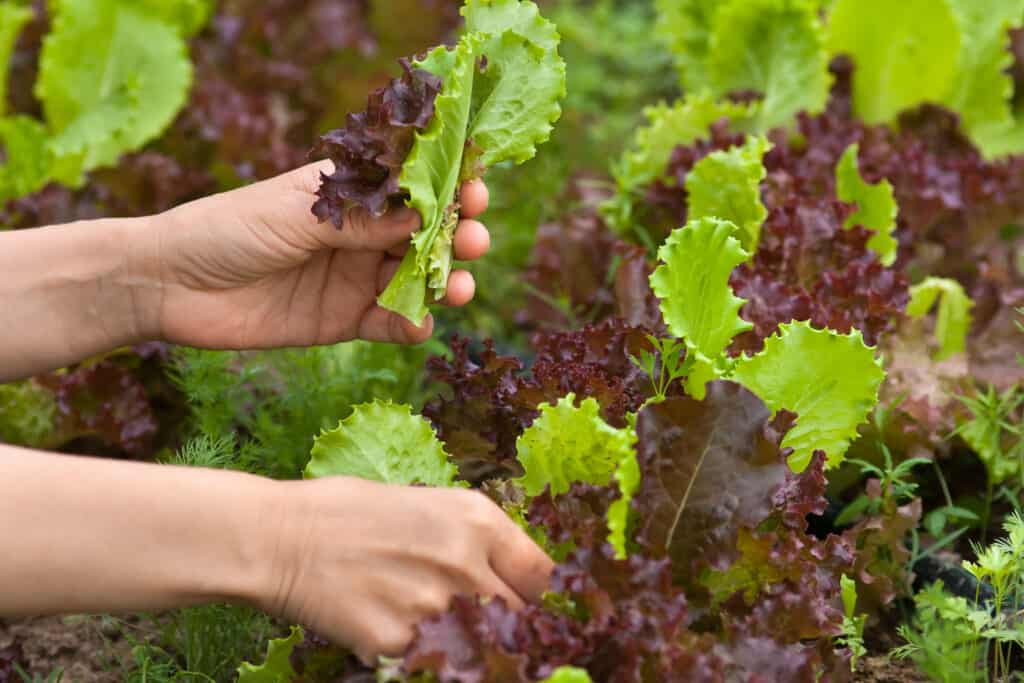
How to harvest lettuce
- Harvest whole heads or individual leaves with a sharp knife or garden pruner.
- If you don’t want to cut the whole plant at once then snip or break away older leaves—whatever size—from the outside allowing younger leaves at the center (called the central bud) to continue growing for later use. This type of harvest is called “cut-and-come-again.”
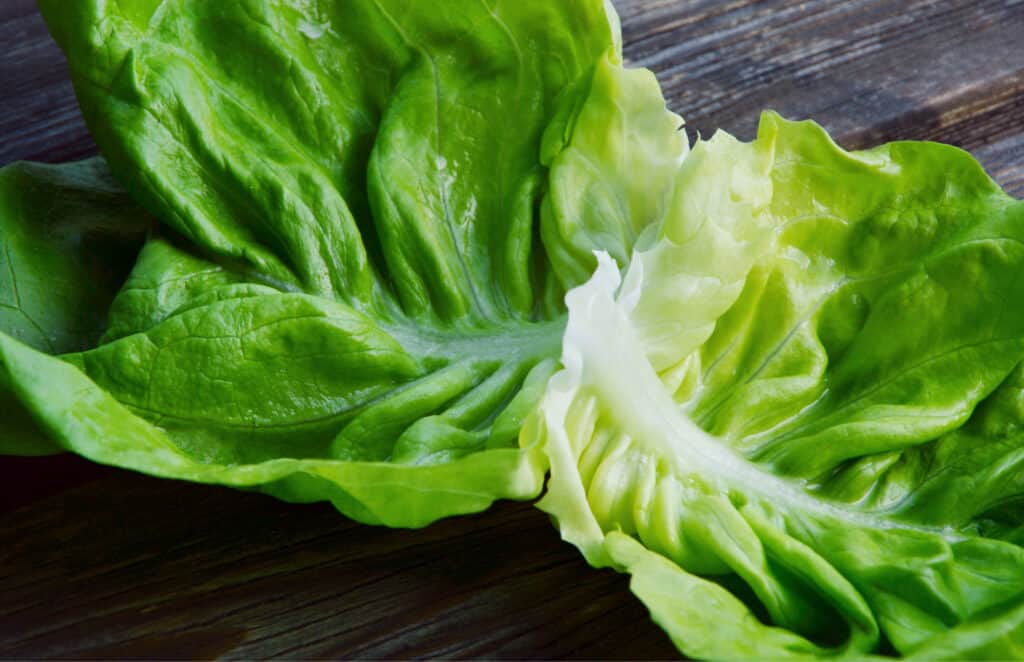
How to store lettuce
- Store lettuce cold and moist, 32°-40°F (0°-5°C) and 95 percent relative humidity.
- Place lettuce in the refrigerator in a perforated plastic bag in the vegetable crisper section.
- Keep lettuce unwashed in a plastic bag in the refrigerator until you are ready to use it. Romaine and crisphead lettuce will keep for up to 1 week. Loose-leaf lettuce will keep for 3 to 4 days.
- Unwashed lettuce will retain nutrients and natural moisture and maintain its crispness.
- Crisphead lettuce can be stored for two weeks under optimal conditions.
- Leaf and Bibb will store for as long as four weeks if the leaves are dry when bagged.
- Store lettuce away from apples, bananas, and pears—the ethylene gas they give off will turn lettuce brown.
- Lettuce that is stored too cold or too long will develop brown spots on the midrib and leaf yellowing.
Types of lettuce
There are four general types or classifications of lettuce:
- Boston or butterhead also called bibb or buttercrunch. Soft but well-defined head with tender leaves. Boston can be used alone but because it is mild-flavored it’s often included in mixes with sharper-flavored greens such as arugula or radicchio.
- Crisphead is also called iceberg lettuce. Crisphead has a crisp texture and is best broken into pieces not sliced or cut.
- Looseleaf is also called leaf lettuce. Loose leaves do not form a head but branch out from the stalk. Many colors include green, red, and coppery brown. Leaf lettuce is also called salad bowl, oak leaf, and ruby and some have curly fringes. Use immediately, leaf lettuce wilt quickly.
- Romaine also called cos. This is head lettuce with long, crisp leaves that range from bright green to yellow. Excellent texture and flavor. Use for salads that need a lot of tossing, such as Caesar salad. Break large leaves into pieces and use small leaves whole. Coarse outer leaves can be added to soups.
Salads today are often made up of more than one type of lettuce or other greens to add a variety of tastes as well as visual interest to a meal.
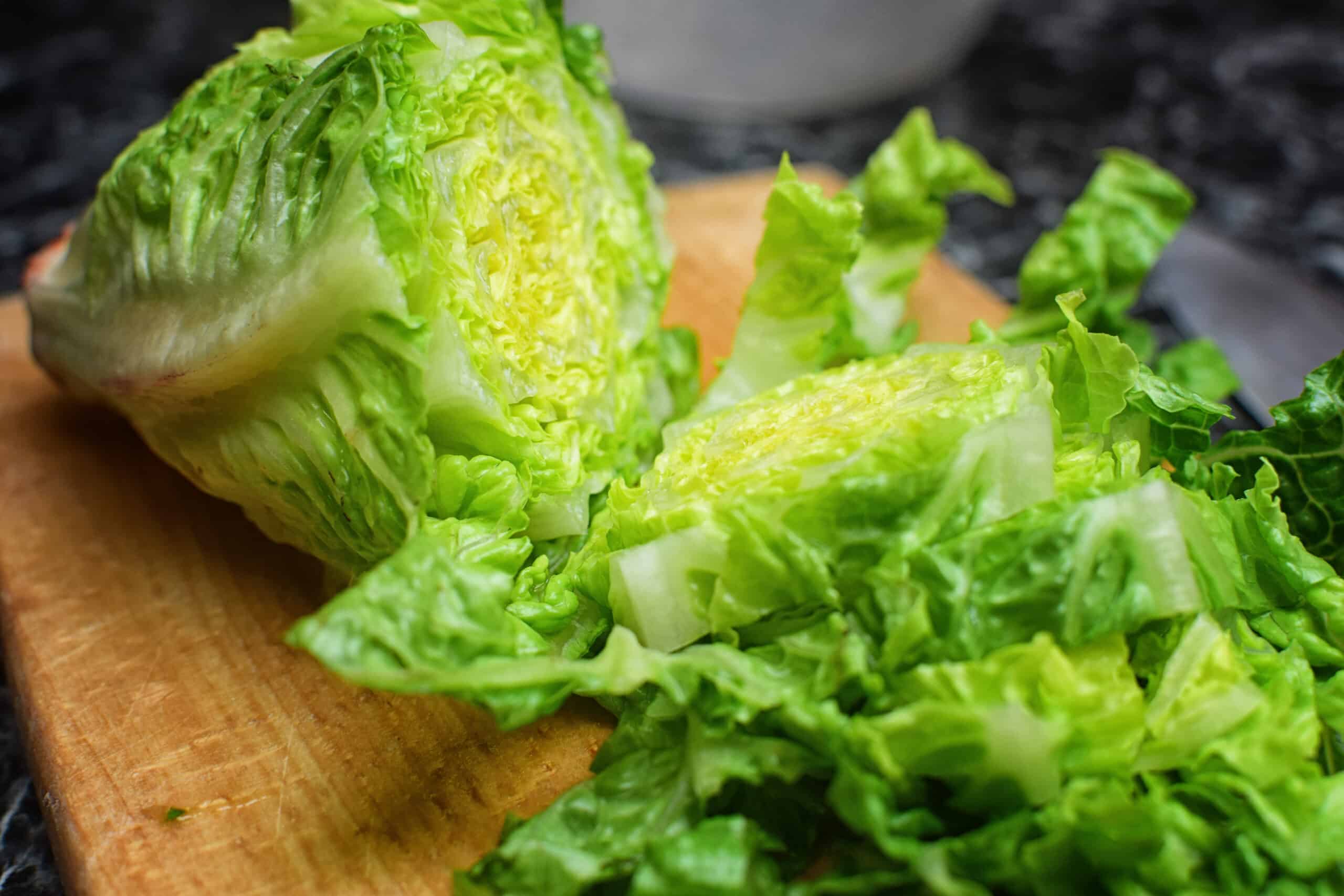
How to choose lettuce
- Select lettuce that is crisp and free of blemishes. Lettuce leaves should be evenly colored light green or dark green depending upon the variety.
- Looseleaf lettuce should have unbroken leaves with no wilting or spoilage of the leaves at the tip or the base.
- Headed lettuce should give a little when squeezed. Avoid heads that lack green color or are irregular in shape.
- Avoid lettuce that is soft not crisp, dull-looking, rusting or yellowing or dried out or brown at the edges.
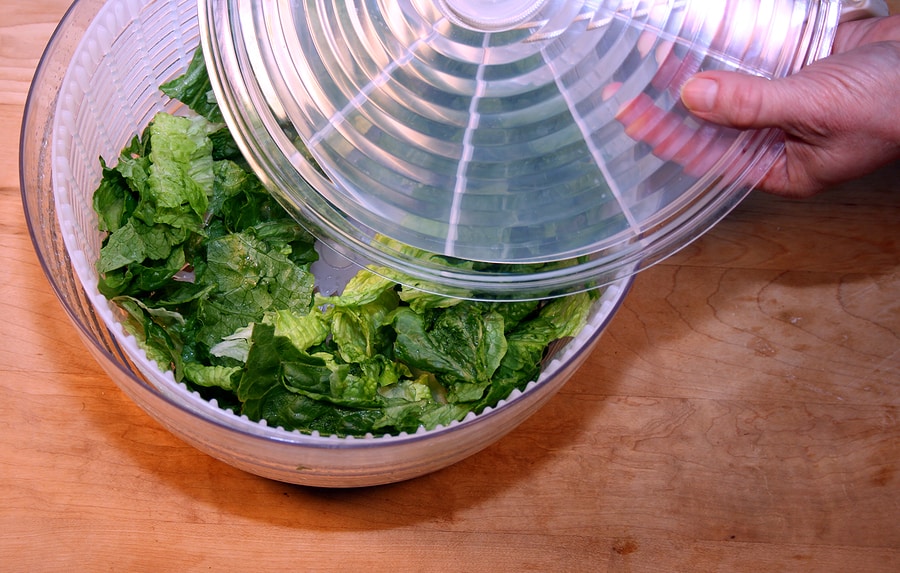
How to prepare lettuce
- Wash lettuce thoroughly just before you are ready to use it. Do not soak lettuce in water as the water will soften the leaves. After you wash the lettuce, spin or drain it completely with a salad spinner or blot the leaves with a paper towel to remove any excess moisture.
- To core crisphead lettuce, bang the base on a hard surface and twist out the core. Rinse crisphead lettuce by turning the head upside down and placing it under running water so that the water flows down the core and rinses off the leaves.

Lettuce serving suggestions
- Lettuce is usually eaten raw, but can also be cooked.
- Raw lettuce is most commonly topped with a dressing or mayonnaise and served as a salad.
- To enhance the appearance and flavor of a salad, combine several different types of lettuce.
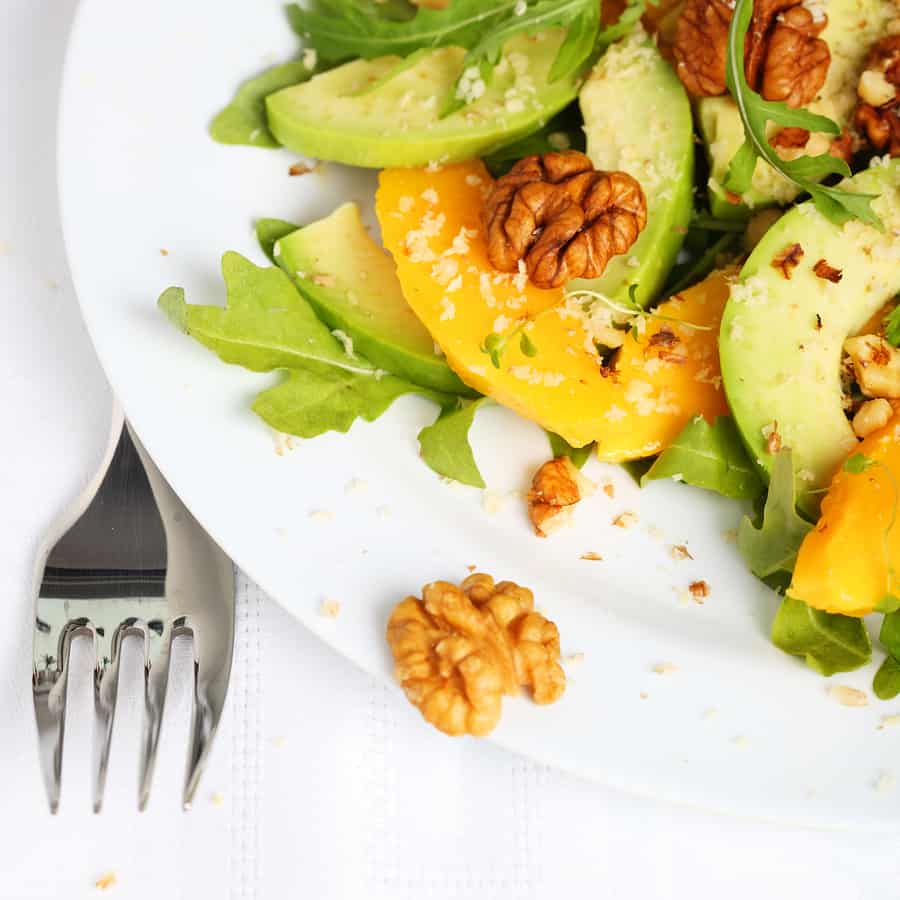
How to make a lettuce salad
- Use one kind of lettuce or a combination of lettuce. A “spring mix” is usually a combination of baby lettuces and other greens such as spinach, arugula, radicchio, and mustard greens–there are more.
- Wash the lettuce by immersing it in water, then spin it dry in a lettuce spinner.
- Use small leaves whole and tear larger leaves into mouth-size pieces
- Choose a simple dressing. Toss with dressing such as olive oil and vinegar just before serving. Toss thoroughly so that the dressing coats the lettuce leaves and does now puddle at the bottom of the bow.
- Add other ingredients at the last moment. Here are some lettuce salad add-ons:
- Tomato wedges and avocado chunks
- Shredded red cabbage and orange or apple slices
- Tomato wedges and cheddar cheese shavings
- Raisins and toasted sunflower or pumpkin seeds
- Strips or chunks of broccoli and sliced sun-dried tomatoes
- Sliced oranges and raisins
- Sliced radishes, roasted sunflower seeds, and parsley
- Carrot, apple slices, and roasted almonds
- Cucumber and grated cooked beets
- Cantaloupe strips and sliced radishes
- Slice orange, celery, and walnuts
- Grapefruit and avocado
- Nectarines and goat cheese

Red butter lettuce salad
There’s a reason they call it butter lettuce: it melts in your mouth. Butter lettuce is buttery and tender from the first bite.
Serve red butter lettuce alone or as a colorful addition to salad greens. Red butter lettuce is a good match to a light vinaigrette or lemon and oil mix. It is a colorful addition to salad greens and as a base for sliced fruits or cottage cheese.
Yes, it melts in your mouth, but how will it taste? Try this: scratch a leaf stalk; if it smells sweet, it will taste sweet; if it smells bitter, it will have a bit of a bite.
Butter lettuce heads are loose and the leaves are wavy. A butter lettuce head looks something like an open rose; you can see to its center or heart. The heart of a butter lettuce rosette will be just as tasty as its surrounding leaves. A head of butter lettuce that is not loose will be less tasty.
Serve. Butter lettuce is usually eaten raw but can also be cooked. Add butter lettuce at the last minute to peas that have been pan-steamed for a few minutes more.
Butter lettuce can be braised and added to soups as a flavoring. Add shredded lettuce at the end of cooking; the heat of the broth will cook the lettuce.
Serve butter lettuce with an oil and vinegar dressing, chopped walnuts, crumbled Feta cheese, and seedless grapes.
Other butter lettuce flavor partners include anchovies, cucumber, fresh herbs, lemon, mustard, raw onion, tart fruits, tomato and vinaigrette, goat cheese, and ricotta or cottage cheese.
Choose. Butter lettuce should have unbroken leaves with no wilting or spoilage of the leaves at the tip or the base. Avoid lettuce that is dull looking, yellowing or dried out, or brown at the edges.
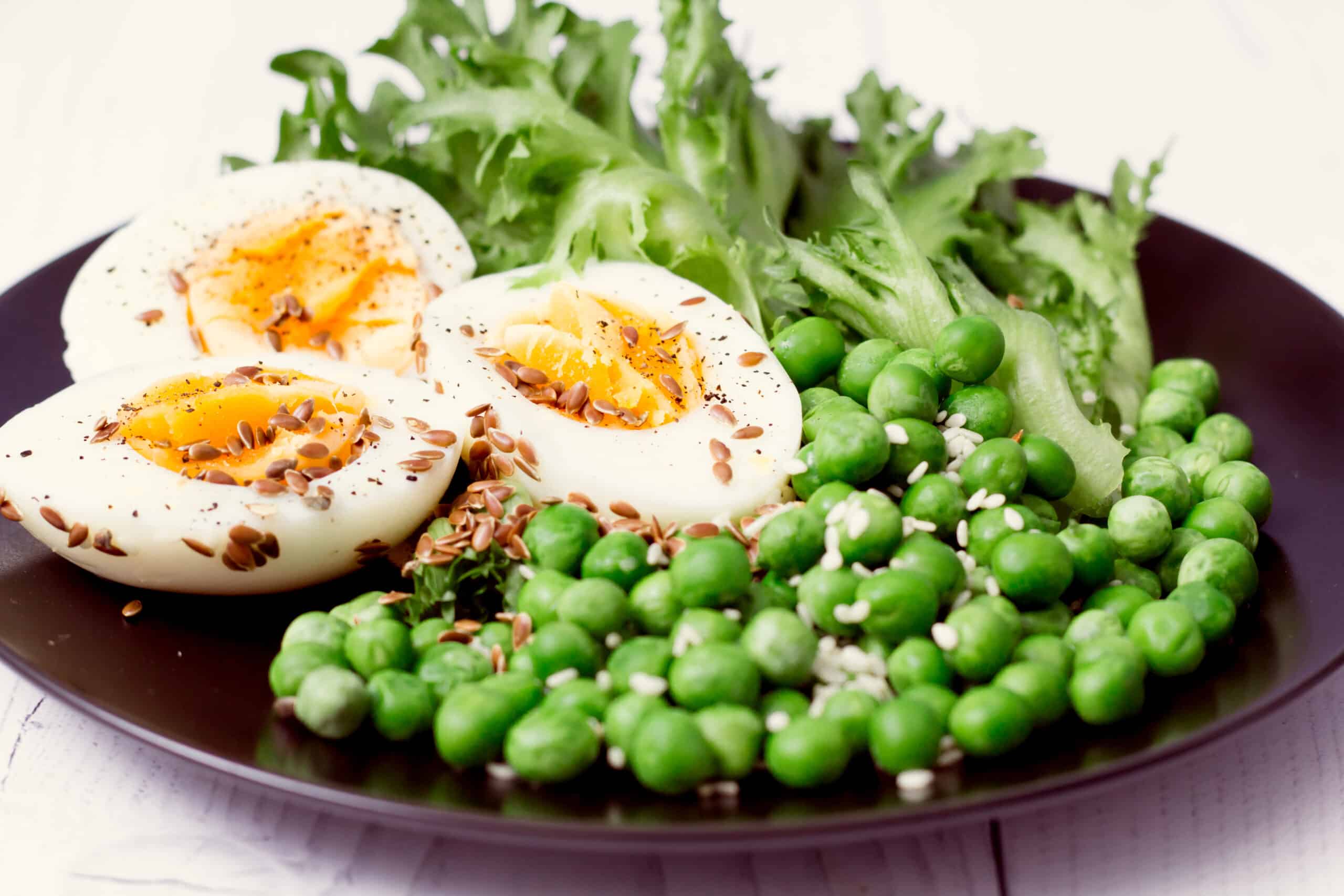
Ways to cook lettuce
- Lettuce can be braised and added to soups as a flavoring. Add shredded lettuce at the end of cooking; the heat of the broth will cook the lettuce. Lettuce can be braised in meat stock or water.
- Lettuce is sometimes cooked with peas. Gently stew the lettuce in butter and a little water with spring onions. Cook until the onions begin to soften. Add shelled peas and cook until just tender. Season with butter and finely chopped chives.
- Lettuce can be puréed and made into soup.
- Lettuce can be shredded and stir-fried.
- Head lettuce can be blanched for 5 minutes, cooled under running water, blotted dry, halved without cutting through the base, and then stuffed.
- Celtuce stems are peeled and finely sliced crosswise and cooked.
Lettuce flavor partners
- Lettuce partners well with anchovies, cucumber, fresh herbs, lemon, mustard, raw onion, tart fruits, tomato, and vinaigrette.
Lettuce nutrition
- Lettuce is low in calories, and rich in calcium, iron, and vitamins A and C.
- The greener the lettuce the more vitamins and minerals it contains.
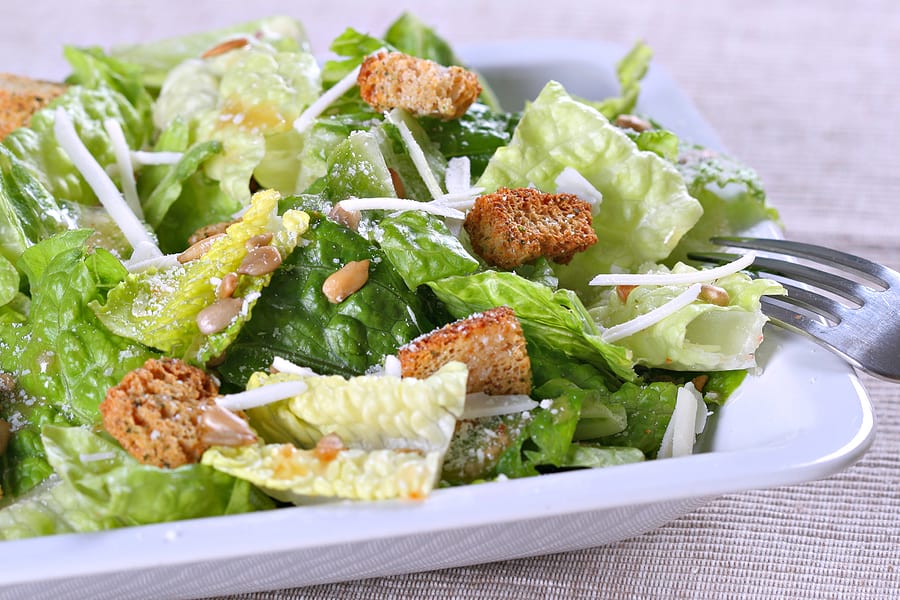
Get to know lettuce
- Lettuce is a leafy annual plant with broad soft leaves that are toothed or crisped long the margins with a thick midrib.
- Lettuce is native to the eastern Mediterranean and western Asia. Its cultivation can be traced back to at least 4500 B.C. It was known throughout the ancient world as far away as China.
- Persian kings ate lettuce and so did the ancient Egyptians and Greeks. The ancient Romans named a type of lettuce after themselves—romaine.
- The ancient Egyptians considered lettuce an aphrodisiac and offered it up to the goddess of fertility. The ancient Greeks and Romans considered it a cure for insomnia.
- The cultivation of lettuce probably started with the ancient Egyptians. It is likely that they knew lettuce similar to the loose-leaf lettuces we eat today. Headed lettuce—sometimes called cabbage lettuce—appeared in Europe much later during the Middle Ages. Lettuce was introduced to the New World by Columbus.
- Lettuce is sometimes eaten at the start of a meal and sometimes at the end of a meal. The order in that lettuce comes in a meal is part of its horticultural history.
- Wild lettuce and ancient cultivars contained a latex substance—a milky sap—that had a sleep-inducing compound similar in smell to the soporific latex of the opium poppy. That’s why the early Romans served lettuce at the end of a meal to calm the stomach and induce sleep.
- The Latin name for lettuce lactuca sativa comes from the Latin word for milk lactus—because of the white sap that oozes from the cut stems.
- Later lettuce was introduced into wider cultivation improved varieties were developed during and after the Middle Ages. These varieties—mostly selected for their lack of bitterness—contained less of this sleep-inducing sappy substance. In time, lettuce was eaten alone or served at the start of meals.
- Today lettuce is grown in almost every country in the world.
The botanical name for lettuce
Lettuce articles at Harvest to Table:
How to Harvest and Serve Yummy Lettuce
Lettuce Growing Problems: Troubleshooting
Garden Planning Books at Amazon:
- Vegetable Garden Almanac & Planner
- Kitchen Garden Grower’s Guide Vegetable Encyclopedia
- Tomato Grower’s Answer Book
- Vegetable Garden Grower’s Guide
More harvest tips:
Learn when and how to harvest your favorite vegetables for the best flavor and texture. Get storage tips for each crop. Click on the vegetable you are growing below.
- Artichoke
- Arugula
- Asparagus
- Beans
- Beets
- Broccoli
- Brussels Sprouts
- Cabbage
- Cantaloupe — Melons
- Carrots
- Cauliflower
- Celery
- Chard
- Collards
- Corn, Sweet
- Cucumbers
- Eggplant
- Endive and Escarole
- Garlic
- Jerusalem Artichoke
- Kale
- Kohlrabi
- Leeks
- Lettuce
- Melons
- Okra
- Onions
- Parsnips
- Peas
- Peppers
- Potatoes
- Pumpkins
- Radicchio
- Rhubarb
- Rutabaga
- Spinach
- Squash, Summer
- Squash, Winter
- Sunchokes
- Sweet Potato
- Swiss Chard
- Tomatillo
- Tomatoes
- Turnips
- Watermelon















